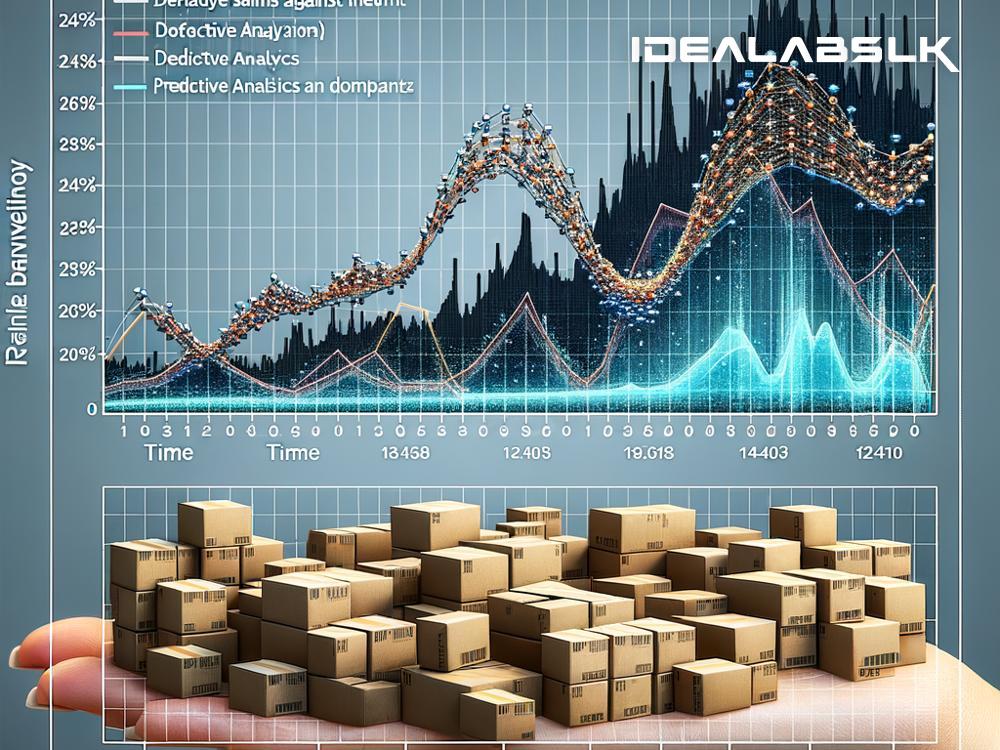Unlocking the Future of Stock: How Predictive Analytics Transforms Inventory Planning
In the fast-paced world of retail and manufacturing, predicting the future might seem like a fantasy. However, with the advent of predictive analytics, businesses are turning this fantasy into reality, especially when it comes to inventory planning. Let's delve into how predictive analytics is revolutionizing the way companies manage their stock, making the process smarter, more efficient, and far less prone to costly mistakes.
Predictive Analytics: A Quick Overview
At its core, predictive analytics involves using historical data, statistical algorithms, and machine learning techniques to forecast future outcomes. It's like having a crystal ball but powered by data rather than magic. By analyzing past sales data, market trends, and other relevant information, predictive analytics can help businesses make informed decisions about how much stock to keep on hand.
The Challenge of Traditional Inventory Planning
In the traditional model, inventory planning often relied on a mix of historical sales data, gut feelings, and a "better safe than sorry" approach. This could lead to either overstocking, which ties up valuable resources and increases storage costs, or understocking, which leads to missed sales opportunities and unhappy customers. Neither scenario is ideal, highlighting the need for a more precise approach.
The Magic of Predictive Analytics in Inventory Planning
So, how exactly does predictive analytics work its magic in inventory planning? Let's walk through the process step by step.
-
Data Collection: The first step is gathering data. This includes historical sales figures, information on promotional campaigns, seasonal trends, and anything else that might influence demand.
-
Data Analysis: Next, this data is fed into analytical models that look for patterns and correlations. This is where machine learning can be particularly useful, as it can process vast amounts of data much faster and more accurately than a human.
-
Forecasting: Armed with this analysis, the system can then predict future demand for different products. This forecasting takes into account various factors, such as upcoming promotions, seasonal variations, and even broader market trends.
-
Optimization: Finally, predictive analytics doesn't just forecast demand; it can also recommend optimal stock levels. This means figuring out just the right amount of inventory to meet predicted demand without over- or under-stocking.
The Benefits: Why Businesses Are Embracing Predictive Analytics
The advantages of integrating predictive analytics into inventory planning are hard to overstate. Here are just a few of the key benefits:
- Reduced Costs: By avoiding overstocking, companies can significantly cut storage and handling costs. Similarly, minimizing understocking reduces the likelihood of lost sales and dissatisfied customers.
- Increased Efficiency: Predictive analytics can automate much of the inventory planning process, freeing up staff to focus on other tasks and reducing the risk of human error.
- Enhanced Responsiveness: With a more accurate forecast, businesses can react more swiftly to market changes, adjusting their inventory levels to match shifting demands.
- Competitive Edge: In a marketplace where speed and accuracy are everything, being able to predict and meet demand more effectively can be a significant competitive advantage.
Predictive Analytics in Action: A Real-World Example
Imagine a clothing retailer preparing for the holiday season. Traditionally, they might order extra stock across the board, hoping to meet the anticipated increase in demand. With predictive analytics, however, they can pinpoint exactly which items are likely to be popular, in what quantities, and at what times. This means they can invest more in high-demand items and less in those less likely to sell, maximizing their holiday sales and minimizing wastage.
The Future of Inventory Planning
As technology advances, the potential of predictive analytics in inventory planning only grows. From integrating real-time data (like weather forecasts or trending topics on social media) to improving the accuracy of machine learning models, the future of stock management looks both exciting and efficient.
In conclusion, predictive analytics represents a quantum leap forward in inventory planning. By moving away from guesswork and towards data-driven decision-making, businesses can enjoy reduced costs, increased efficiency, and a significant competitive advantage. In the ever-evolving world of retail and manufacturing, predictive analytics is not just a tool for the future; it's a necessity for today.

